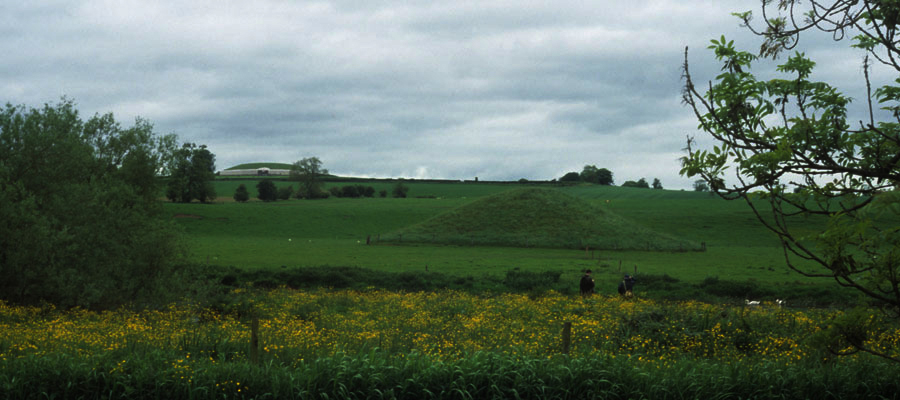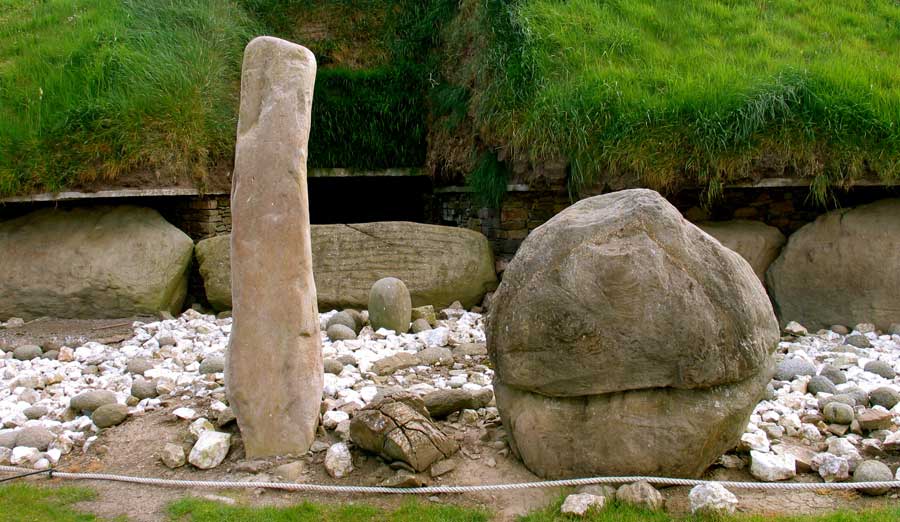Standing stones in the Boyne Valley
Site C in the Boyne Valley megalithic complex is a large standing stone located about 500 meters south east of Newgrange. There is a second smaller stone called Site D about 10 meters to the east of Site C. Perhaps they formed a gateway into the sacred area of the mounds? There are several other mounds in this area on the plain below Newgrange, but access is not encouraged the by local landowners. It is to be hoped that some day the whole Boyne Valley complex will be made into a national park with access to the outlying sites. The many smaller outlying mounds give a much better feel for the landscape around Newgrange.
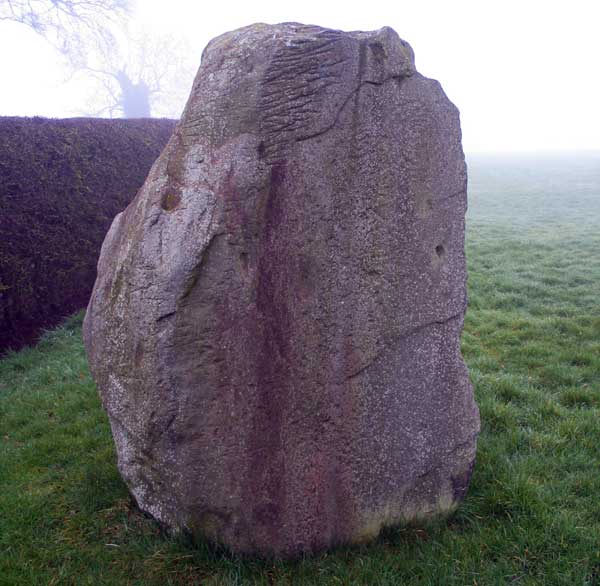
The views of Newgrange are very dramatic from these outlying sites. It is highly likely that people would have arrived to Newgrange by boat, and that their first view of the great mound would have been from the river. The top picture is taken from Site A, a mound about 22 meters in diameter down near the banks of the Boyne. The photo below shows the view from Site C to Newgrange.
The standing stones were probably involved with the setting out of the Boyne Valley complex. Many of the satellite monuments fall on arcs drawn from Knowth and Dowth, which hints at some large scale surveying having taken place when the mounds were built.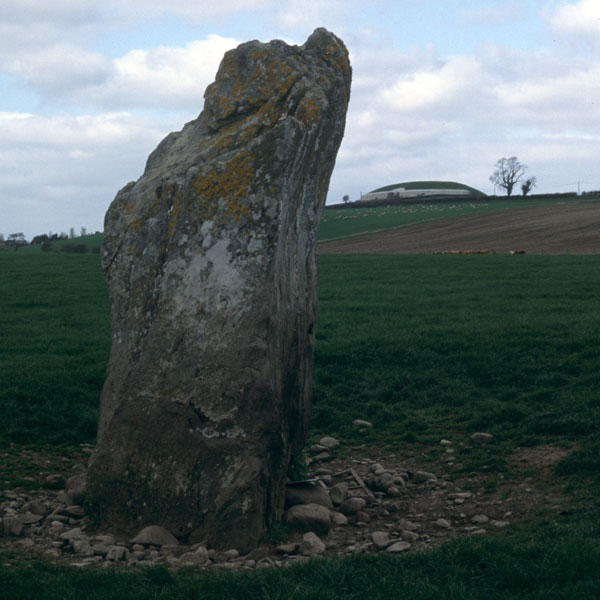
Other standing stones in the Boyne Valley are found at both Newgrange and Knowth. The Great Circle at Newgrange consists of 12 huge stones; it is thought that there may have been 36 stones if the circle was ever complete. The Great Circle is thought to have been erected long after the huge mound was built, possibly around 2,000 BC.
Another large standing stone with carvings was found nearby and was erected in front of Newgrange in 1967. It is locally called the Dowth Stone.
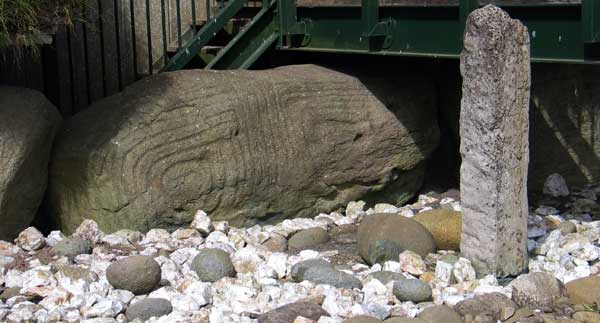
Two large standing stones are found outside the west entrance to the great mound of Knowth; they appear to represent male and female forms. These stones cast shadows onto the west entrance stone at sunset over the equinoxes. It was thought that the main passages at Knowth were lined up to the equinox sun rises and sets, but this notion has been disproved by modern archaeoastronomical research. A similar, but smaller pillar stone stands outside the east entrance of the main mound.

